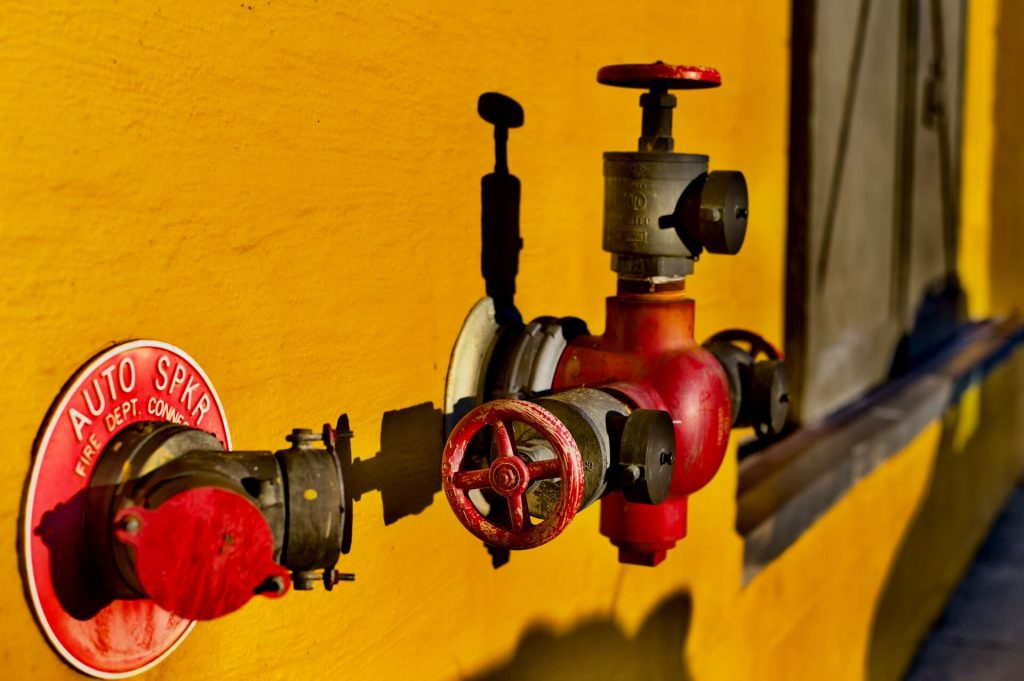A trowel is a fundamental tool in various trades, including masonry, gardening, and construction. Its versatility makes it indispensable for tasks such as mixing, spreading, and smoothing materials. In this guide, we will explore the different types of trowels, their uses, and how they can be paired effectively with other tools and materials, such as geotextiles, to achieve optimal results.
What are the main types of trowels, and what are their uses?
Trowels come in several types, each designed for specific tasks:
- Masonry Trowel: Used for spreading and shaping mortar or concrete. It features a broad, pointed blade and is essential for bricklaying and plastering.
- Gardening Trowel: Ideal for digging, planting, and transplanting in the garden. It typically has a smaller, pointed blade for precision work.
- Finishing Trowel: Used for smoothing and finishing surfaces, especially in concrete work. It has a flat, flexible blade that helps achieve a smooth, even surface.
- Pointing Trowel: Designed for detailed work such as filling small gaps and cracks in masonry. It has a narrow, pointed blade for precision.

How do you choose the right trowel for a specific task?
Selecting the right trowel depends on the task at hand:
- For Masonry Work: Choose a masonry trowel with a strong, durable blade and comfortable handle to handle the weight and pressure of mortar or concrete.
- For Gardening: Opt for a gardening trowel with a comfortable grip and a blade suited for the soil conditions and the size of the planting area.
- For Concrete Finishing: A finishing trowel with a smooth, flexible blade is essential for achieving a flawless surface.
- For Detailed Work: Use a pointing trowel for precision tasks where accuracy is crucial.
Can trowels be used with geotextiles, and if so, how?
Yes, trowels can be used with geotextiles, especially in landscaping and construction projects. Geotextiles are synthetic fabrics used to reinforce soil, separate layers, or provide drainage. A trowel can help in the proper placement and adjustment of geotextiles by smoothing the soil beneath them and ensuring they are correctly positioned before covering them with other materials.
What are the maintenance tips for trowels to ensure longevity?
Proper maintenance extends the life of a trowel:
- Clean After Use: Rinse off any materials, such as mortar or soil, immediately after use to prevent buildup.
- Dry Thoroughly: Ensure the trowel is completely dry before storing it to prevent rust or corrosion, especially for metal blades.
- Sharpen Regularly: Keep the blade sharp for effective use. For masonry and finishing trowels, use a sharpening stone or file.
- Store Properly: Store trowels in a dry place and avoid leaving them exposed to harsh conditions that could damage the blade or handle.
A trowel is a versatile tool crucial in various fields, from masonry and gardening to concrete finishing. Understanding the different types of trowels and their specific uses will help you choose the right one for your needs. Additionally, using trowels effectively with materials like geotextiles can enhance project outcomes, whether you’re reinforcing soil or ensuring proper drainage. By following maintenance tips, you can ensure your trowel remains in excellent condition and serves you well for years to come.
